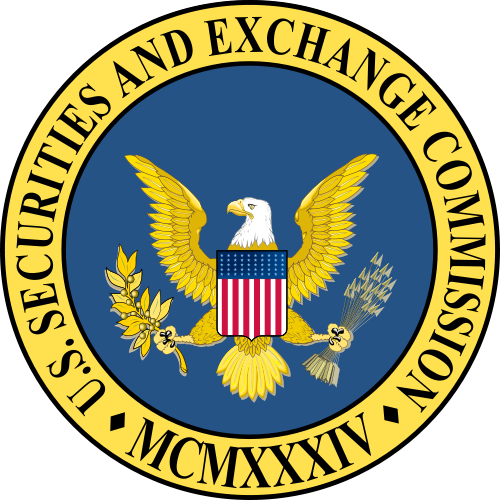
Anyone who goes to business school learns a basic rule of decision-making: Understand your opportunity cost.
It’s a hard lesson. Opportunity cost means fully calculating the return on two or more options, then choosing the best path forward.
Here’s a quick case study: A manager believes that locating a plant in South Carolina is likely to produce a profit margin of 15%, once it is built, staffed and operating. It should break even after 10 years.
She might also take that money and instead repurpose an existing plant in South Dakota. That investment will break even in six years, but logistics, weather and labor could mean a tighter profit margin, perhaps 13%.
Tough call, right? All sorts of factors could alter either projection, yet our manager can’t just sit on that cash and play wait-and-see. Shareholders will demand a dividend increase in time, and the opportunity in either state might evaporate.
Here’s an easier one, courtesy of the U.S. Securities and Exchange Commission. You can own one of the following three investments:
- A $100,000 portfolio with a 0.25% fee attached.
- The same portfolio with a 0.50% fee attached.
- A third portfolio, the same size, with a 1% fee attached.
All three portfolios are active for 20 years. Let’s make an assumption here. All three have the same set of investments and earn an identical market return of 4%.
When you put it that way, the answer is easy: Take the cheapest possible portfolio. The SEC data backs up that conclusion, naturally.
After 20 years, the 1% fee portfolio is worth $180,000. Not bad. But the one that costs half a percent is worth $18,000 more.
Finally, the cheapest portfolio, the one charging 0.25%, is worth $28,000 more than the most expensive one.
If you opt for the costly portfolio, where does the extra $28,000 go? Straight into the pockets of money managers, that’s where. To ask the business school question, what’s the opportunity cost here? Over 20 years, you spent around $1,400 extra a year, every year, for something. What did you get for that money?
Good advice
Financial advisors sell many things. A good advisor is more than someone who can execute trades on your behalf. Your advisor might offer you help with estate planning, or offer advice on reducing taxes.
A really great advisor steps up when markets are turbulent, giving you the courage to stay invested when it counts and, likewise, direction to sell a holding that may have run its course.
But that’s work. It takes time to really connect with clients and hear their concerns, hopes and fears. It takes time to check in on their plan and talk with them about prudent moves and when to make them.
That could be well worth paying for, especially if you have a track record of second-guessing your own decisions, or if you simply don’t have the time to do that kind of long-term thinking.
Unfortunately, that’s not what most financial advisors are trying to sell. Rather, they sell the notion that they know something about the markets that you don’t.
That they know what specific stocks to buy and how long to hold them. That they know the short-term direction of each and every sector of the market, no matter how specialized. That they know the direction of interest rates.
What’s more, that they know all of this, yet the rest of the investing public somehow does not.
Each advisor, then, is making the same simple, if bewildering, claim: Pay me for my ability to outperform the market. They can’t all be right, can they?
Some will be right this quarter and next. Others will be right over the next year, or perhaps for a year and a few months.
Still another bunch will be completely right three years down the line. Until then, however, well, you’d better not look at your statements too closely. Because they’ll be horribly wrong for a long, long time.
And you’ll pay anyway. The typical long-term retirement investor doesn’t pay 1% for a portfolio. He or she likely pays 1% for the advisor and then another 1% or more for the underlying funds that advisor purchases on their behalf.
An important conversation
In effect, they choose a fourth option, not discussed by the SEC. They take a portfolio that costs them in excess of 2% in the hope that spending thousands of extra dollars a year in fees will bring them enough gains to overcome the sandbagging effect those fees and then some. Otherwise, why bother?
Do you know your opportunity cost as an investor? Could you put your finger on it in a few minutes? Does your brokerage or advisor share that cost information with you in a format that you would easily understand?
Chances are very high that the answer to those questions is a resounding “no.” Your advisor doesn’t want to have that conversation with you either. Of that I am certain.
Conversations take time and time equals work. It’s much easier to keep your clients at arm’s length and instead pretend you can out-think the entire market while sitting at a trading desk somewhere.
Too bad. It might be the most important retirement conversation you will ever have.





